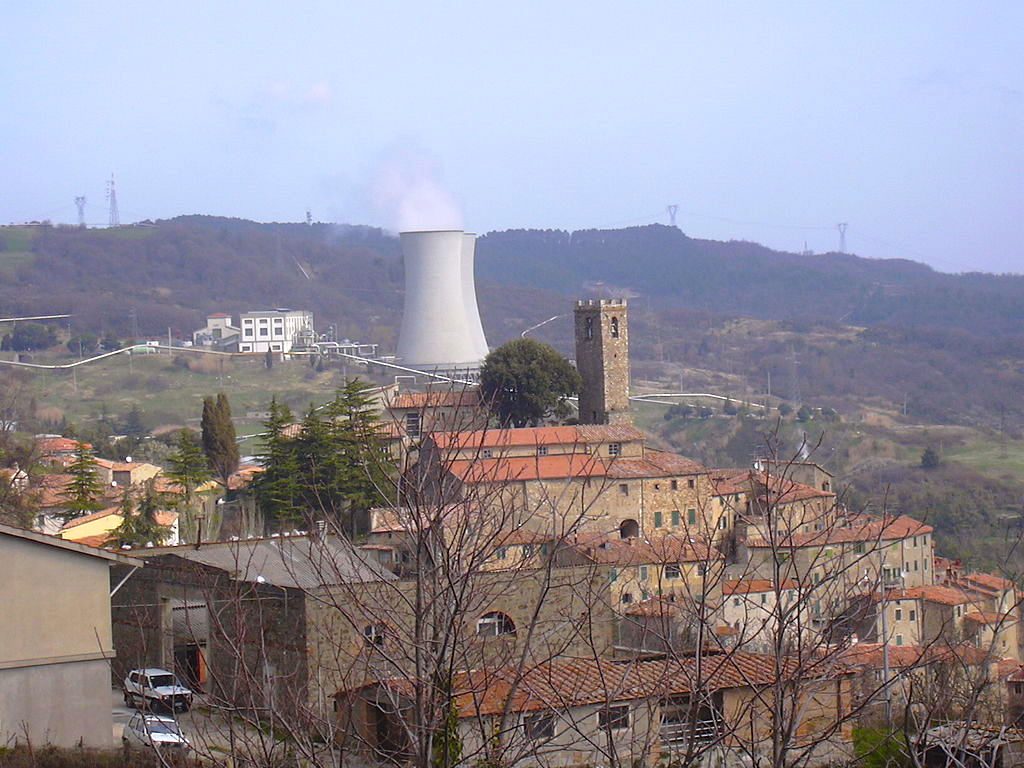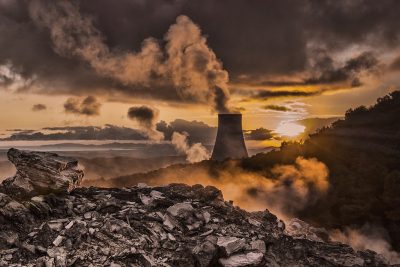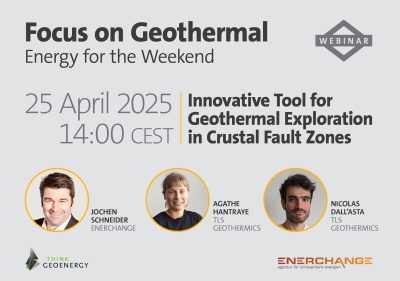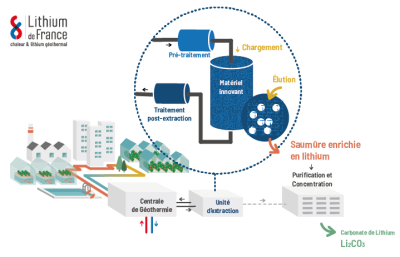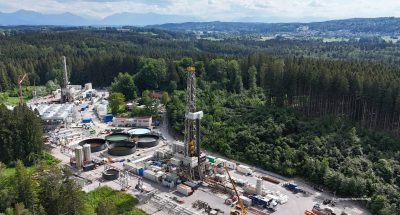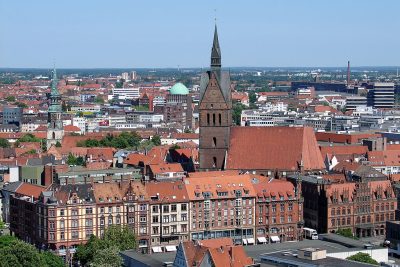Italy looks to end decade-long drought of new geothermal power stations
A recent Parliamentary hearing in Italy convened experts and stakeholders to discuss recent legislative changes that seek to boost geothermal sector growth.
Editor’s note: Special thanks to William Thompson and Steam Srl for the material used in this article.
On October 8, 2024, one of Italy’s leading political parties, Forza Italia, called a special Parliamentary hearing entitled “Energy Independence: Geothermal’s Contribution” (“Indipendenza energetica: il Contributo della Geotermia”).
Following the recent release of the Piano Nazionale Integrato per l’Energia e il Clima (PNIEC, “National Integrated Plan for Energy and Climate”) and the European Commission’s approval in August 2024 of Italy’s FER2 decree (roughly translated, “Renewable Energy Sources”), the hearing was surprisingly not framed as simply “Next Steps for Geothermal”.
Instead, the event convened the country’s most influential and relevant experts regarding the geothermal industry, giving them a platform to voice both their concerns regarding the efficacy of PNIEC and FER2 to fully support the realization of Italy’s geothermal industry as well as to provide the government with a clearer picture of the current opportunities and national potential of Italy’s geothermal sector.
The importance of the event was confirmed by the participation of the honorable Gilberto Pichetto Fratin—Italy’s Minister of the Environment and Energy Security, who called geothermal an “integral” part of the country’s energy transition—as well as by the live streaming the hearing on the Parliament’s digital channel.
While the proceedings were not an officially recognized Parliamentary session and thus were not relevant from a legal standpoint, the event signals that Italy’s national government may be moving to address wider industry concerns that PNIEC and FER2 need additional support to realize the country’s geothermal potential.
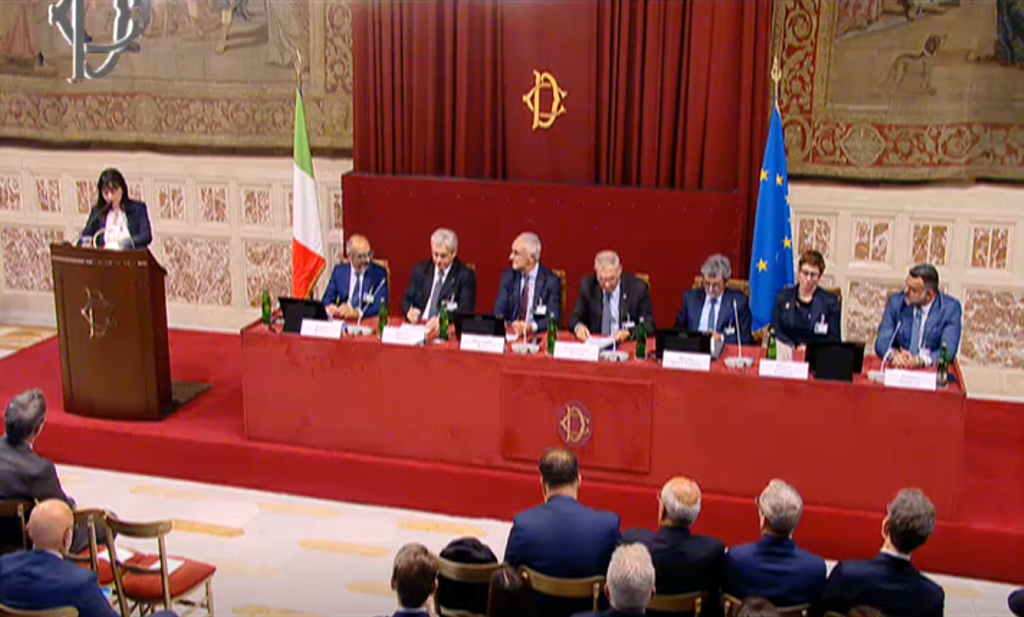
Background: FER2’s Incentives for Geothermal Energy
In the coming months, Italy’s GSE (“Gestore dei Servizi Energetici”) will open the first selection round for renewable energy projects covered by FER 2. For geothermal projects, only two types are identified:
- “Traditional geothermal with innovations”, referring to the optimization and/or refurbishment of existing plants, or new plants; and
- “Geothermal with zero emissions”, referring to plants that fully reinject all naturally occurring fluids and gases back into the same geothermal reservoir.
In both cases, FER 2 provides caps for the total combined capacity among all authorized projects:
- 100 MWe for “Traditional geothermal with innovations”, which are eligible for incentive tariffs of 100 €/MWh over a 25-year lifespan, and
- 60 MWe for “Geothermal with zero emissions”, which are eligible for incentive tariffs of 200 €/MWh over a 25-year lifespan
By comparison, the cap for Offshore wind is 3,800 MW and includes an incentive tariff of 185 €/MWh while the cap for Offshore floating photovoltaics is 200 MW and includes an incentive tariff of 100 €/MWh over a 20-year lifespan.
Payment will be managed through Contracts of Difference (CfD), where GSE will pay plant owners the difference between the tariff due and the market price of the energy. Where this difference is positive, the GSE pays the incentives by applying a premium tariff to the net production injected into the grid. Where the difference is negative, the GSE requests the corresponding amount from the producer.
In order to apply for the tariff, however, developers must have already obtained an authorization for the construction and operation of the plant, or an authorized EIA for the geothermal project, as well as an approved grid connection estimate.
Developers must also abide by the stated timeframes for project implementation in order to obtain the tariff incentive: for “Traditional geothermal with innovations”, new plants must be operational within 51 months and refurbished plants within 36 months and “Zero-emissions geothermal plants” must be operational within 5 years.
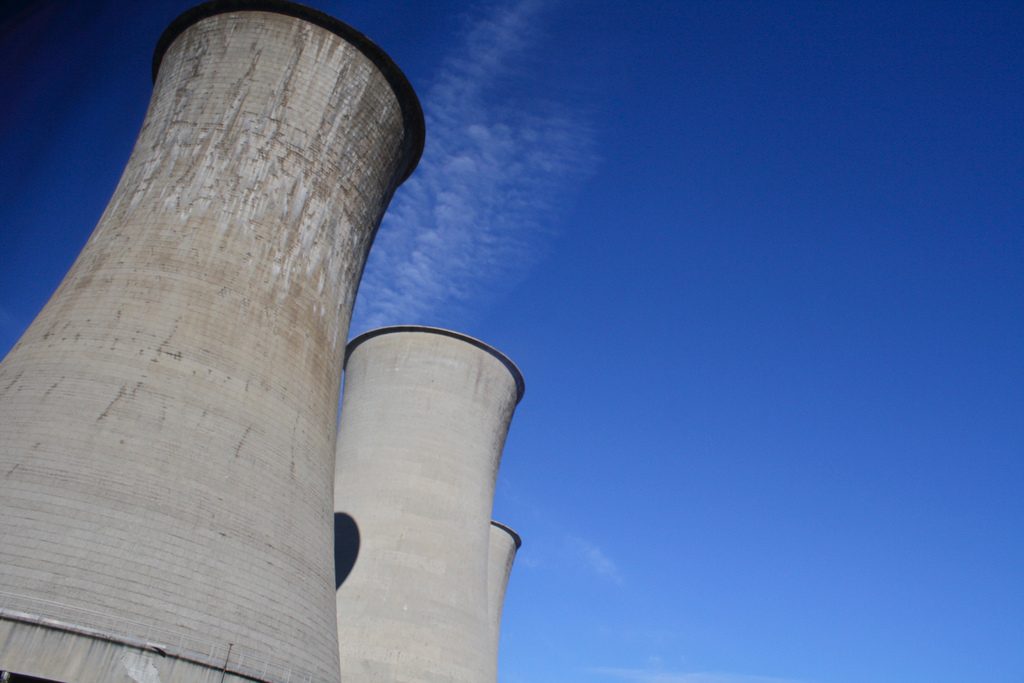
FER 2: Limitations and Potential Roadblocks
While Italy’s PNIEC was criticized by Italy’s geothermal sector as having failed to set clear objectives for geothermal energy, the response to FER 2 has been equally tepid.
“Despite glowing conclusions from public-private consultations like that of Ambrosetti’s spring 2024 report on geothermal’s potential in accelerating the energy transition in Italy, the FER 2 legislation—which was written by the Italian government—is widely seen as having failed to achieve the necessary frameworks needed to return Italy to the world stage as a geothermal development hub,” says Steam Srl’s CEO and General Manager of Rete Geotermica, Matteo Quaia. “The lack of long-term planning and clear targets for geothermal usage, especially in district heating and cooling, reflects a missed opportunity.”
Paolo Basile, Steam’s Head of Geosciences and Environment and board member at Unione Geotermica Italiana, expressed concern about the permitting procedures. While the FER2 incentives were finally rolling out for Italy’s geothermal market, the implementation timeline restrictions for the projects could hamper the overall efforts.
“Even when projects meet FER2 requirements, they could face significant delays due to Italy’s slow permitting processes, including potential calls to TAR (Regional Administrative Courts) appeals, where specific interest groups can tie projects up in legal quagmires. Administrative hurdles, lengthy approval periods, and regional complexities make it challenging for developers to get projects off the ground in a timely manner.”
“A more inclusive approach,” Basile concluded, “with broader eligibility criteria and streamlined permitting processes, is crucial for Italy to capitalize on this sustainable resource. For Italy to meet its ambitious climate-energy targets, such as in PNIEC, geothermal must move from the sidelines to center stage.”
